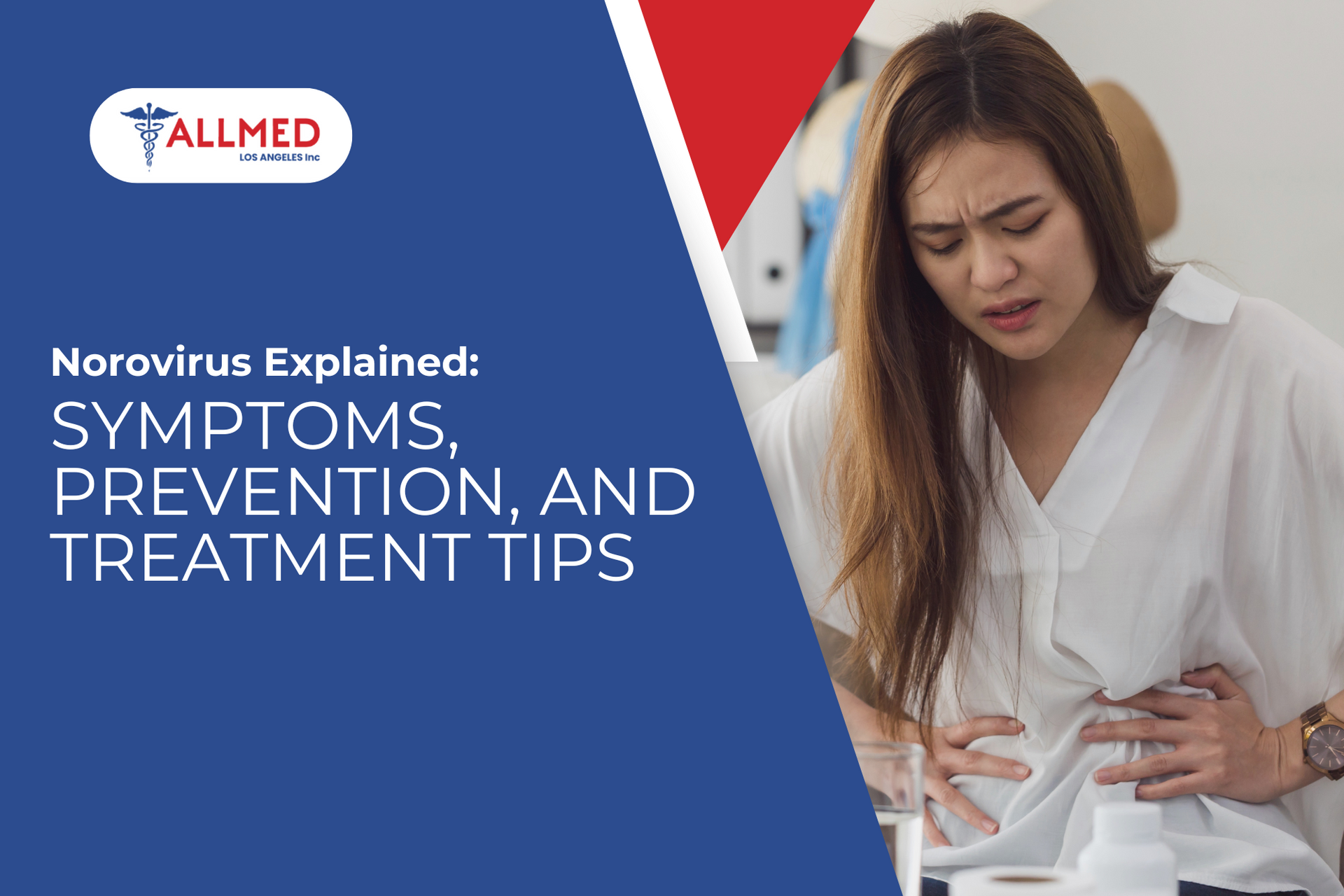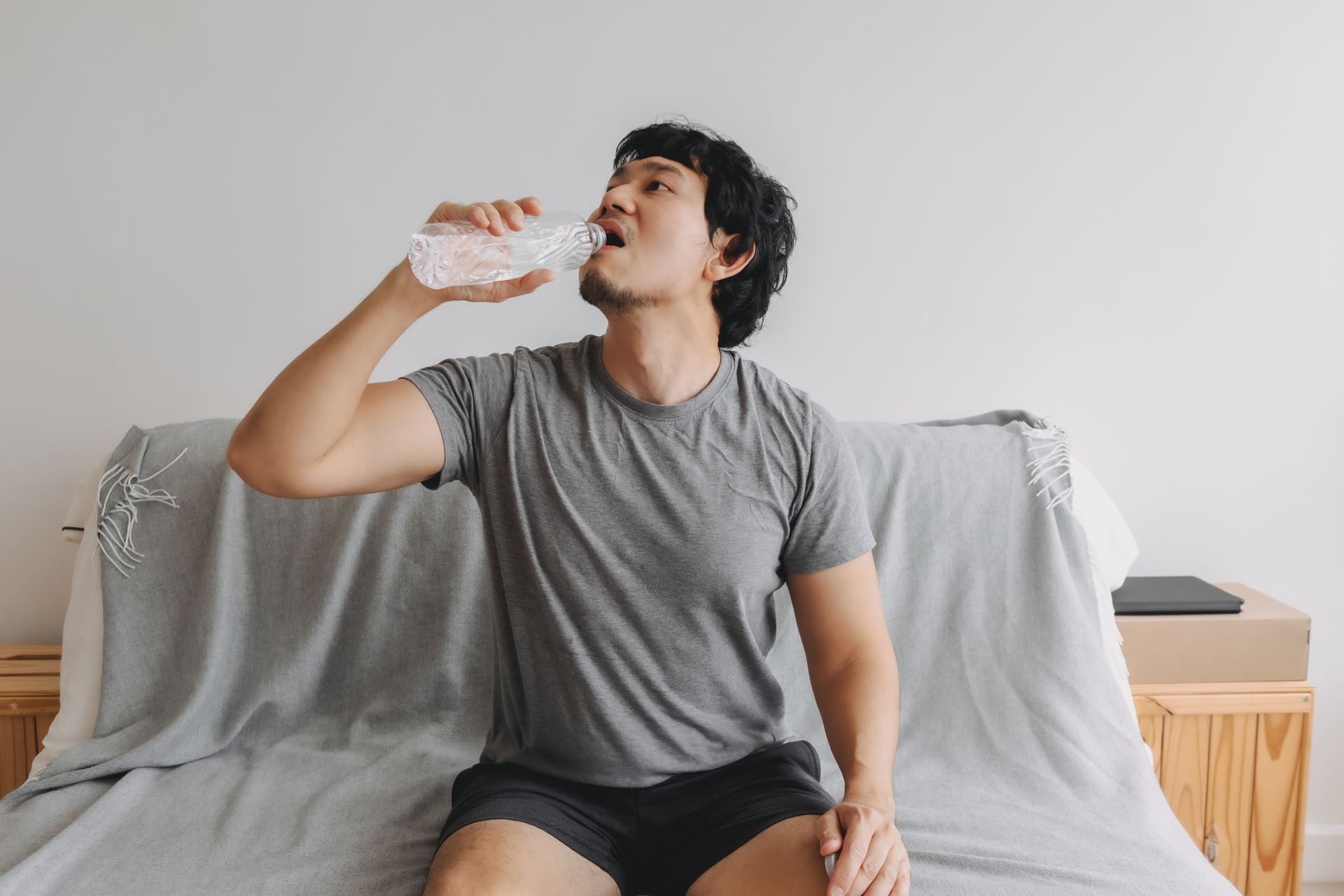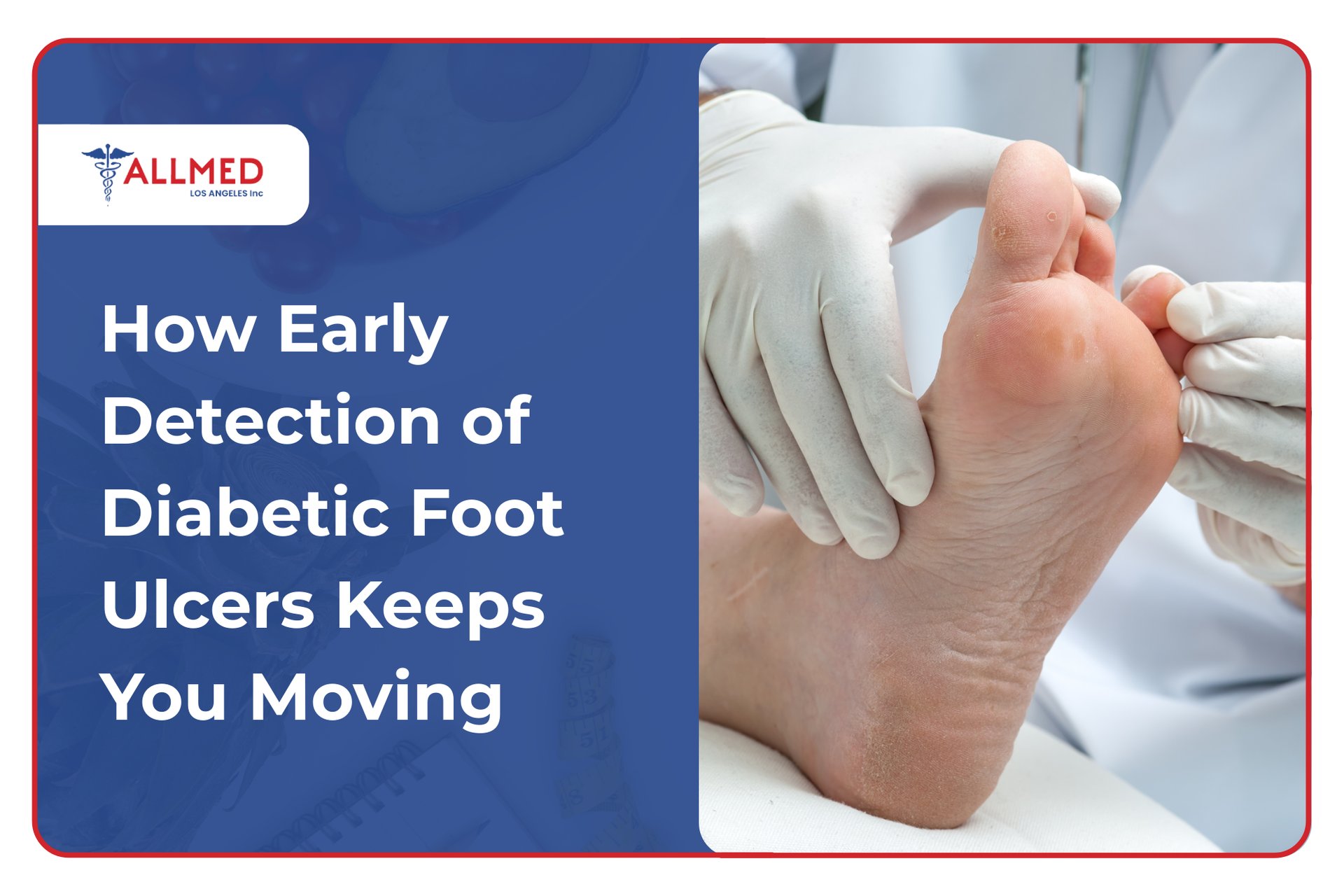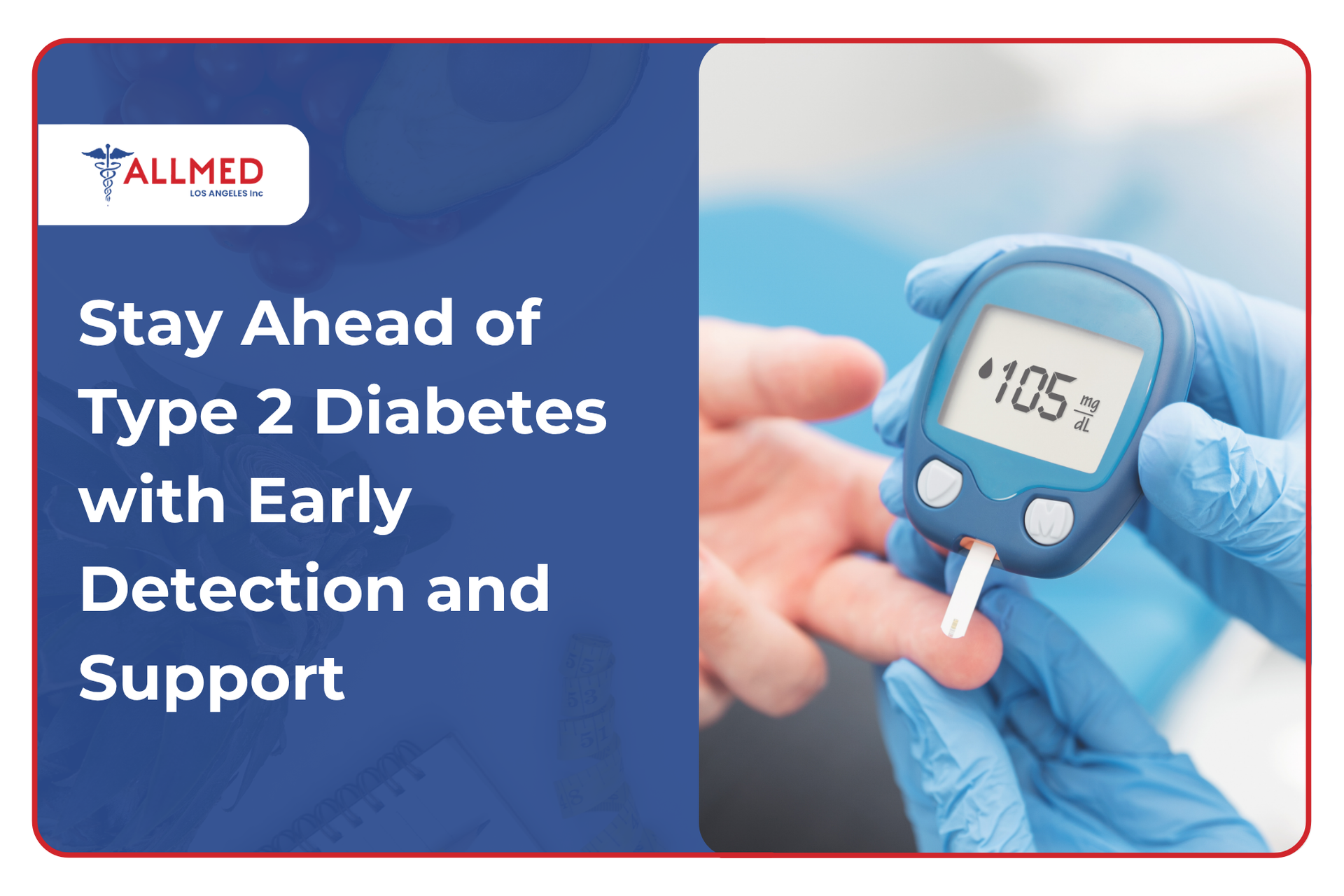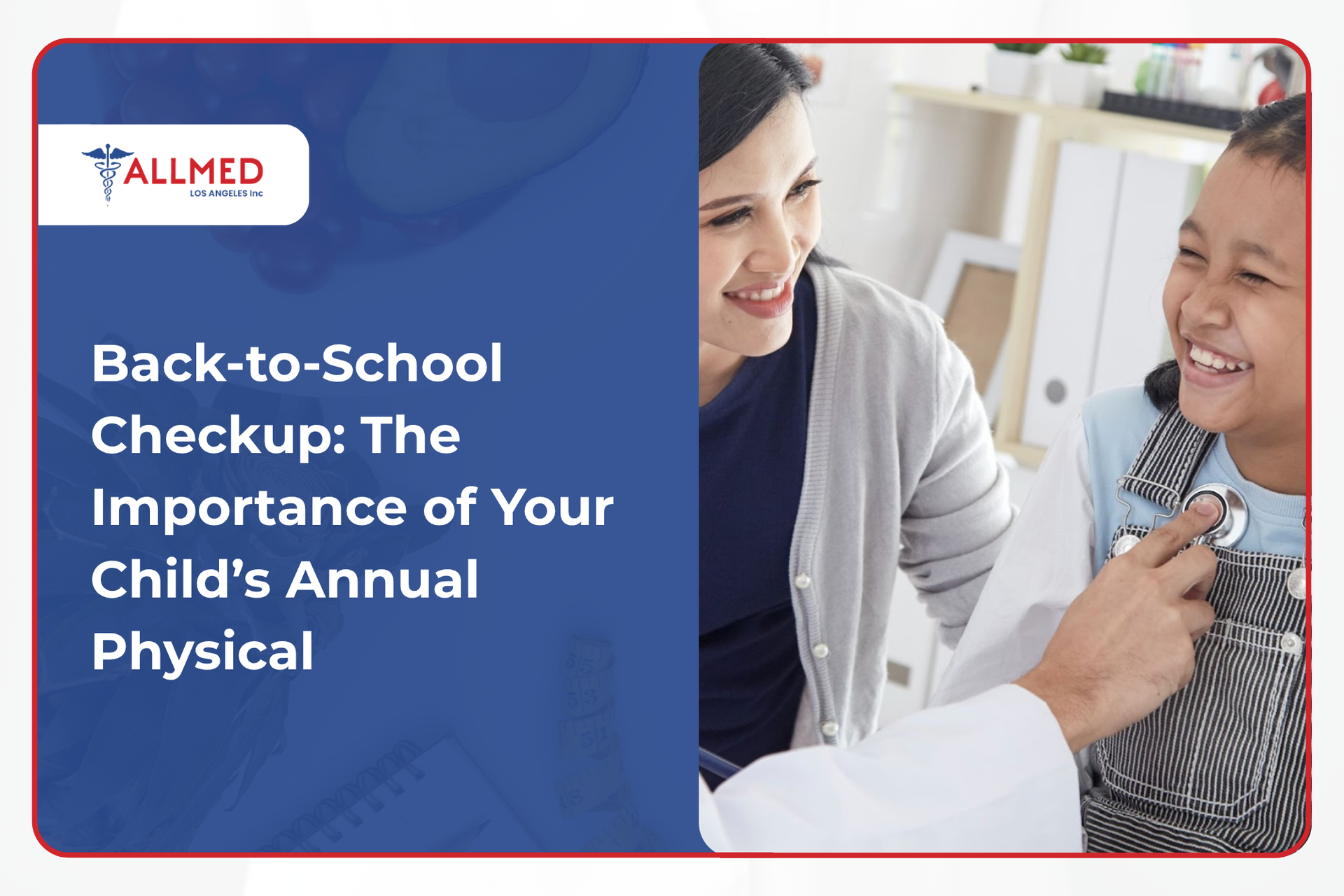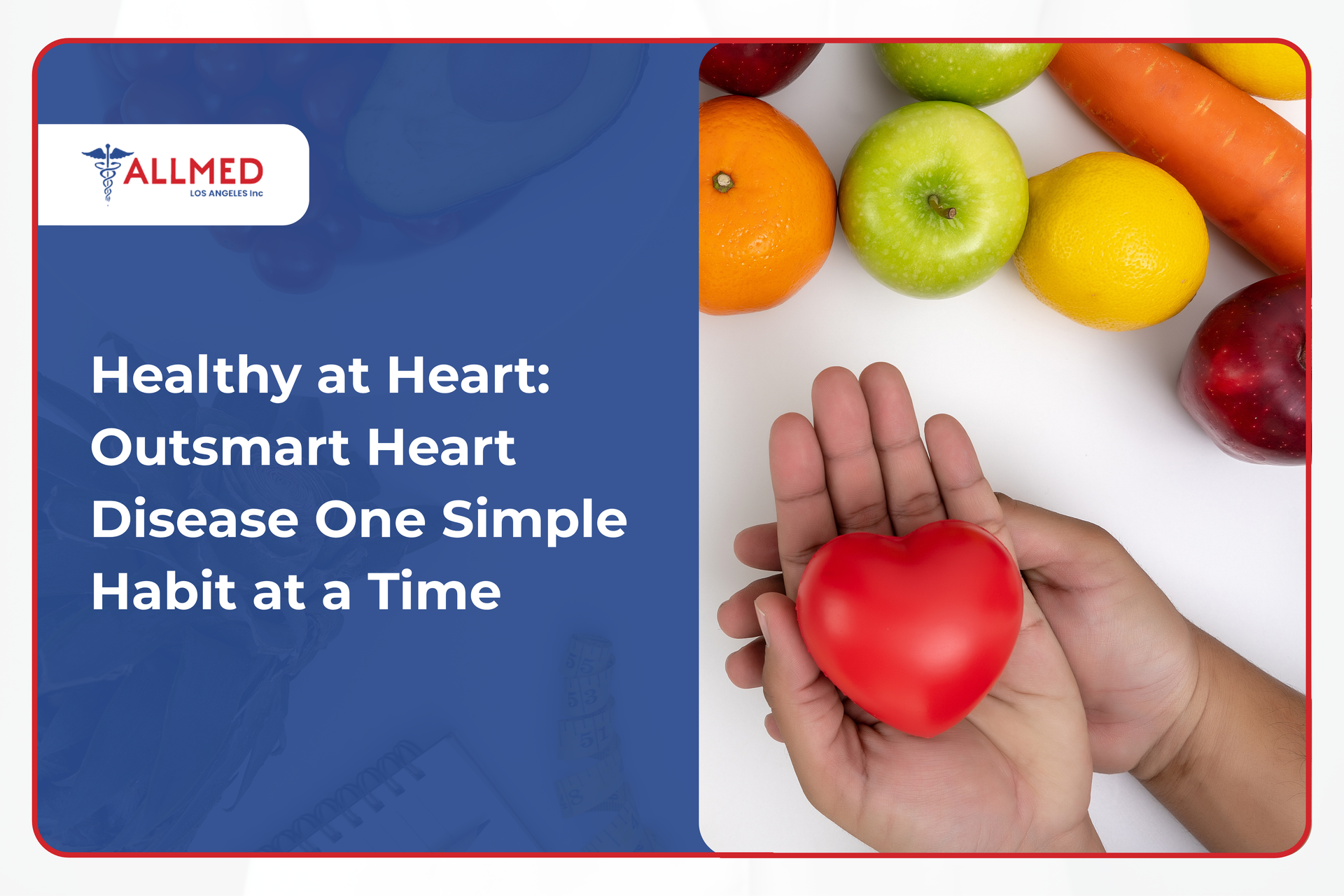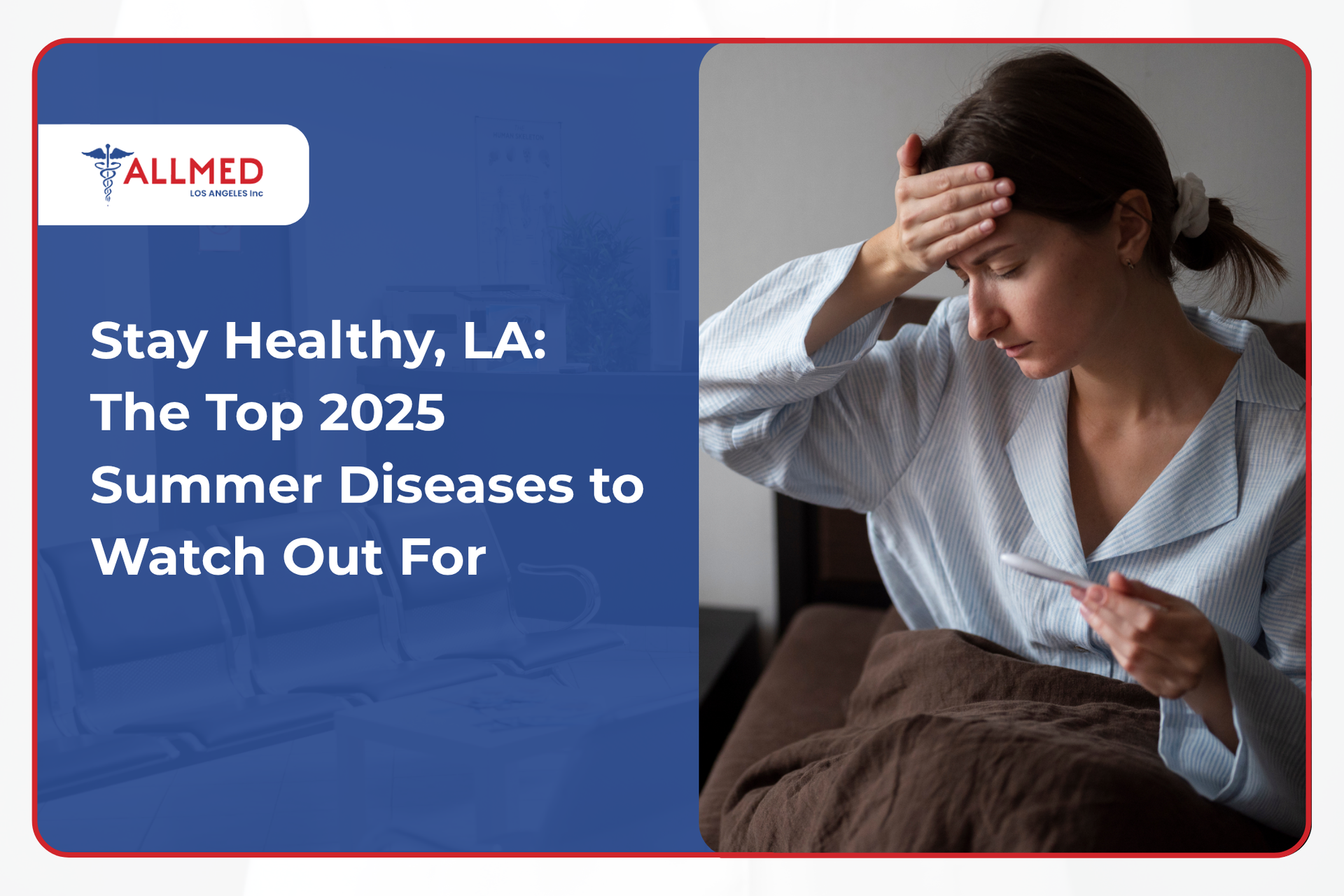Norovirus cases are on the rise in the U.S. The Centers for Disease Control and Prevention (CDC) data shows that test positivity rates reached 22% in late December 2024, nearly double the 12% rate in December 2023. By mid-December, 495 outbreaks were reported, surpassing the 363 outbreaks in the same period the previous year.
If you’ve ever had norovirus, you know how brutal it can be. One moment, you feel fine, enjoying a meal or going about your day. The next, you’re hit with an intense wave of nausea, stomach cramps, and relentless vomiting that leaves you drained and dehydrated.
But what exactly is norovirus, and how can you protect yourself and your loved ones?
This guide will explain everything you need to know, from symptoms and
treatment options to practical prevention tips.
Stay Healthy and Norovirus-Free with Allmed LA!
What is Norovirus?
Norovirus—also known as Norwalk virus or "stomach flu"—is a highly contagious virus that causes inflammation of the stomach and intestines, a condition called acute gastroenteritis. Norovirus causes more foodborne illness outbreaks in the U.S. than any other pathogen, making up 58% of all cases.
Outbreaks are common in places where people are in close proximity, such as schools, daycare centers, nursing homes, and cruise ships. Each year, norovirus infections in the United States result in 19 to 21 million cases of vomiting and diarrhea. The virus leads to roughly 109,000 hospitalizations and countless emergency room visits. It also contributes to nearly 1,000 deaths annually, with the highest risk among seniors and immunocompromised individuals.
How Does Norovirus Spread?
Norovirus can withstand freezing temperatures, heating up to 140°F, and even common disinfectants. This means that even a tiny amount of the virus—as few as 18 viral particles—can make you sick.
The virus spreads through several routes:
- Person-to-person contact: Shaking hands, caring for someone sick, or sharing utensils can quickly transfer the virus.
- Contaminated food or water: Eating food handled by someone with norovirus or drinking water from a contaminated source can lead to infection.
- Touching contaminated surfaces: The virus can survive on surfaces like countertops, doorknobs, and elevator buttons for several days, making it easy to pick up.
Norovirus Symptoms to Look Out For
The signs of norovirus typically appear 12 to 48 hours after exposure to food, water, surfaces, or infected individuals. They come on suddenly and can be severe.
Symptoms typically last 1 to 3 days, but in some cases, they can persist longer, especially in young children, seniors, or those with weakened immune systems. Here’s what you can expect when you catch the virus:
- Nausea and vomiting
- Watery and frequent diarrhea
- Stomach cramps or sharp abdominal pain
- Low-grade fever
- Headache and body aches
- Fatigue
When to See a Doctor for Norovirus
Dehydration is the most serious complication to watch for, as it can lead to dizziness, reduced urination, dry mouth, and, in severe cases, hospitalization. If you or a loved one experiences symptoms like confusion, rapid heartbeat, or inability to keep fluids down,
see a doctor immediately.
Norovirus Treatment Options
There’s no specific cure for norovirus, and antibiotics won’t help because it’s a viral infection, not bacterial. The treatment for norovirus infection focuses on managing symptoms and preventing complications like dehydration. Follow the steps below to support recovery:
1. Drink Plenty of Fluids
Keep hydrated by drinking lots of water, clear broths, or oral rehydration solutions (like Pedialyte). These help replace lost electrolytes and fluids. Avoid caffeine, sugary drinks, and alcohol, as they can worsen dehydration.
2. Have Ample Rest
Your body needs enough energy to fight off the virus, so take it easy and get plenty of rest. Avoid strenuous activities until you’ve fully recovered.
3. Ease Back into Eating
Once vomiting subsides, start with bland, easy-to-digest foods like bananas, rice, applesauce, and toast (BRAT diet). Gradually reintroduce your regular diet as your stomach settles.
4. Use Over-the-Counter Medications
Use medications like acetaminophen or ibuprofen to manage fever or body aches. Avoid anti-diarrheal medications (loperamide) unless advised by a doctor, as they can trap the virus in your system and prolong the illness.
Read:
What’s Making My Child Sick? A Guide to Common Illnesses
Tips to Prevent Norovirus
Prevention is your best defense against this stomach virus. Below are norovirus prevention tips
to keep you and your family safe:
✅
Wash Hands Frequently
Wash your hands thoroughly, especially after using the bathroom, changing diapers, or preparing food.
✅
Disinfect Surfaces Properly
For thorough norovirus disinfection, use household bleach (5% to 8%) with one gallon of water or an
EPA-registered disinfectant. Let the disinfectant sit on the surface for at least five minutes for thorough decontamination.
✅
Handle Food Safely
Wash vegetables and fruits before eating or cooking. Cook shellfish to an internal temperature of at least 145°F. If sick, avoid preparing food for others for at least 48 hours after symptoms subside.
✅
Stay Home When Sick
If you’re experiencing symptoms, stay away from crowded places. Wait at least 48 hours after symptoms end before resuming normal activities.
✅
Be Cautious in High-Risk Settings
Be vigilant about hygiene and sanitation in daycare centers, nursing homes, and cruise ships. If you're traveling, pack disinfecting wipes and hand sanitizer for added protection.
FAQs
1. What is causing the recent outbreak of norovirus in the US?
Apart from the winter season, a
new norovirus strain, GII.17[P17], drives a surge in U.S. outbreaks and is responsible for 70% of cases.
2. What will happen if the virus is left untreated?
Infants, older adults, pregnant individuals, and those with chronic conditions like diabetes or kidney disease—face a higher risk of complications. Without proper hydration, complications can escalate to hospitalization for IV fluids or, in rare cases, kidney failure.
3. What is the difference between rotavirus and norovirus?
Both viruses cause gastroenteritis, but they differ in key ways.
Rotavirus primarily affects infants and young children, while norovirus can infect people of all ages. Additionally, rotavirus has a vaccine, whereas norovirus does not.
4. Can you get norovirus more than once?
Norovirus has multiple strains, and recovering from one strain won’t fully protect you from others. Studies suggest immunity after infection lasts anywhere from six months to two years. You could get sick again in the same season if exposed to a different variant.
5. Is norovirus seasonal?
Norovirus peaks between November and April as cold weather drives people indoors, raising transmission risk through close contact. The virus also thrives longer on surfaces in cooler, drier conditions. However, outbreaks can occur year-round in crowded, shared spaces.
Prevent and Treat Norovirus with Allmed LA!
Norovirus can hit fast, but with proper care, recovery is within reach. At
Allmed LA, we offer expert treatment and practical prevention strategies to help you and your family stay healthy. Our team provides compassionate, effective care so you can recover faster and get back to feeling your best. Don’t wait for symptoms to worsen—get the care you need today.




